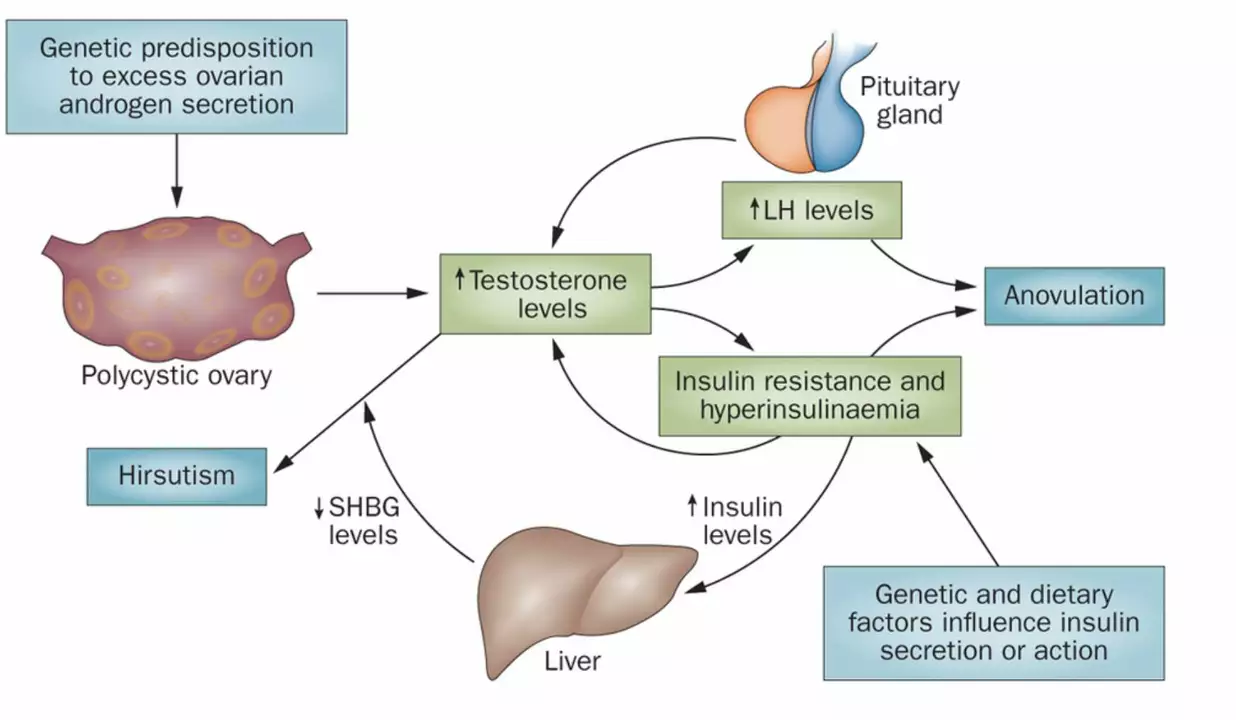If you’ve heard the term Long QT syndrome, you might wonder if it’s something serious. In plain terms, it’s a heart rhythm problem that makes the heart take longer than normal to recharge between beats. That extra time can cause a shaky feeling, fainting, or in rare cases, sudden cardiac arrest.
The “QT” part comes from an ECG reading – the stretch of the line that shows the heart’s electrical reset. A few things can push it longer:
Even everyday stressors like intense exercise or big caffeine hits can nudge the interval higher for some people.
Most folks don’t feel anything until a fainting spell (called syncope) happens. Others notice palpitations – that racing, fluttery feeling in the chest. If you’ve had an unexplained blackout or your family has a history of sudden heart issues, ask for an ECG.
A doctor will look at the QT measurement and might order a Holter monitor (24‑hour recorder) to catch hidden episodes. Genetic testing is also an option if there’s a strong family link.Early detection matters because treatment can keep you safe.
The goal is simple: shorten the QT interval and stop dangerous beats. Here are the common steps:
Lifestyle tweaks also play a part. Regular moderate exercise is good, but extreme endurance sports may be risky for some. Talk to your cardiologist about safe activity levels.
Keep a medical ID card that says you have Long QT syndrome and lists any drug allergies. Share this info with coaches, employers, or anyone who might need to act fast.
When you travel, pack a copy of your ECG and medication list. Many airlines ask about heart conditions for emergency planning.
If you’re starting a new prescription, double‑check the drug’s label for “QT prolongation.” A quick call to your pharmacist can prevent a nasty surprise.
Finally, stay in touch with a heart specialist who knows Long QT. Regular check‑ups keep the QT measurement in range and let you tweak treatment before problems pop up.
Long QT syndrome isn’t something you have to live in fear of. With the right meds, smart lifestyle choices, and good communication with your healthcare team, most people lead normal lives and stay out of trouble.

I recently came across an interesting overview on Amiodarone and its role in managing Long QT Syndrome. As a powerful antiarrhythmic drug, Amiodarone has been quite effective in treating this heart condition which results in abnormal heart rhythms. The overview discussed its mechanism of action, emphasizing its ability to prolong the QT interval and prevent dangerous arrhythmias. It also touched upon the potential side effects and precautions to consider when using this medication. Overall, I found it to be a valuable resource for understanding how Amiodarone can help those with Long QT Syndrome.
Lower GI bleeding is often caused by diverticula or angiodysplasia, especially in older adults. Learn how doctors diagnose and treat these common but different conditions, and why early intervention matters.
A clear guide on using Ramipril in seniors, covering benefits, dosing, side effects, interactions, and safety tips for patients and caregivers.
The FDA uses Traceability Lot Codes to quickly track contaminated food batches, cutting outbreak response time from weeks to hours. Learn how the system works, which foods are covered, and what businesses must do to comply.
This in-depth article takes a close look at natural desiccated thyroid (NDT) and levothyroxine, two major treatments for hypothyroidism. It breaks down dosing differences, reviews real-life satisfaction among patients, and discusses who's most likely to benefit from each type. If you're wondering which thyroid medication may fit your needs—or you're simply curious about how these options stack up—read on for a straightforward, fact-packed comparison.
If you're taking atazanavir for HIV, you have legal rights at work. Learn what accommodations you can request, how to ask for them, and how to protect yourself from discrimination-all without revealing your diagnosis.